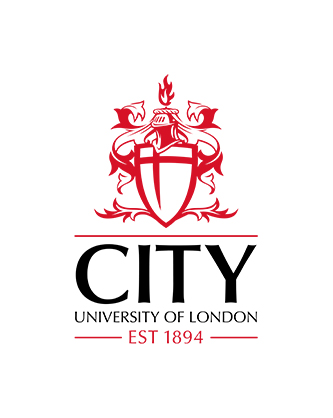Development of optimised protocols for paediatric whole-body computed tomography examinations: a figure-of-merit approach
Ago, J. L., Inkoom, S., Ohene-Botwe, B.  ORCID: 0000-0002-0477-640X , Larsen, A. & Berg, I. S. (2025).
Development of optimised protocols for paediatric whole-body computed tomography examinations: a figure-of-merit approach.
BMC Medical Imaging, 25(1),
article number 125.
doi: 10.1186/s12880-025-01675-4
ORCID: 0000-0002-0477-640X , Larsen, A. & Berg, I. S. (2025).
Development of optimised protocols for paediatric whole-body computed tomography examinations: a figure-of-merit approach.
BMC Medical Imaging, 25(1),
article number 125.
doi: 10.1186/s12880-025-01675-4
Abstract
Background: Whole-body computed tomography (WBCT) technique involves higher radiation doses, resulting in increased stochastic health risks, especially when used for paediatric patients. Hence, protocol optimisation is recommended to maximise its benefit-risk ratio, with several available strategies to achieve it. This study used the figure-of-merit (FOM) approach to develop optimised protocols for paediatric WBCT examinations. The rationale is to enhance diagnostic accuracy while minimising radiation exposure, ultimately improving patient safety and outcomes for paediatric patients undergoing WBCT.
Methods: Newborn and child (5-year-old) anthropomorphic phantoms were scanned with different scan protocols and evaluated for dose and image quality using the CT-Expo and ImageJ programs, respectively. The protocols for trunk examinations were divided into arterialphase-only and combined arterial and venous phase to develop appropriate protocols based on patients’ initial focused assessment with sonography for trauma (FAST) results. The protocols with the highest FOMs were selected as the best optimised protocols.
Results: The estimated WBCT ED (WBED) for the optimised protocols ranged from 2.6 mSv to 5.8 mSv with estimated FOM of 3.83 to 59.35. The mean effective doses (EDs) for newborn and child arterial phase-only protocols were not significantly lower than the combined arterial and venous phase protocols (p = 0.069, 0.082 respectively), while the mean signal-to-noise ratio of the combined phase protocols for newborn and child phantoms were insignificantly higher than the single-phase protocol (p = 0.089, 0.662 respectively).
Conclusion: The estimated EDWB from this study were lower than established values. The selected protocols are recommended for newborns and children (1–7 years) using the GE Revolution CT and Siemens SOMATOM Definition Edge CT scanners.
| Publication Type: | Article |
|---|---|
| Additional Information: | This article is licensed under a Creative Commons Attribution-NonCommercial-NoDerivatives 4.0 International License, which permits any non-commercial use, sharing, distribution and reproduction in any medium or format, as long as you give appropriate credit to the original author(s) and the source, provide a link to the Creative Commons licence, and indicate if you modified the licensed material. You do not have permission under this licence to share adapted material derived from this article or parts of it. The images or other third party material in this article are included in the article’s Creative Commons licence, unless indicated otherwise in a credit line to the material. If material is not included in the article’s Creative Commons licence and your intended use is not permitted by statutory regulation or exceeds the permitted use, you will need to obtain permission directly from the copyright holder. To view a copy of this licence, visit http://creativecommons.org/licenses/by-nc-nd/4.0/. |
| Publisher Keywords: | Whole body computed tomography, Figure of merit, Anthropomorphic Phantom, Paediatric, Dose optimisation |
| Subjects: | R Medicine > RC Internal medicine R Medicine > RJ Pediatrics |
| Departments: | School of Health & Medical Sciences School of Health & Medical Sciences > Department of Allied Health |
| SWORD Depositor: |
Available under License Creative Commons Attribution Non-commercial No Derivatives.
Download (1MB) | Preview
Export
Downloads
Downloads per month over past year


 Metadata
Metadata Metadata
Metadata